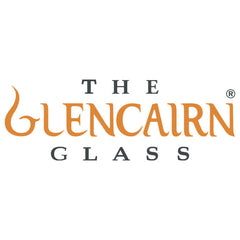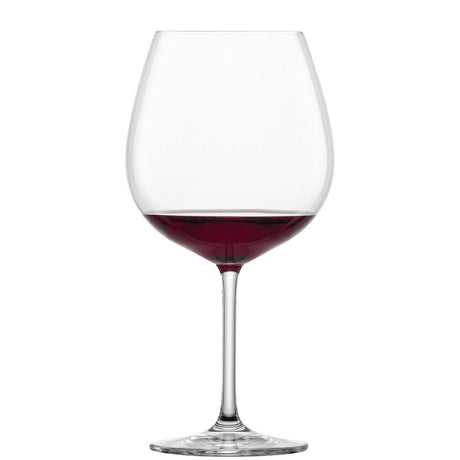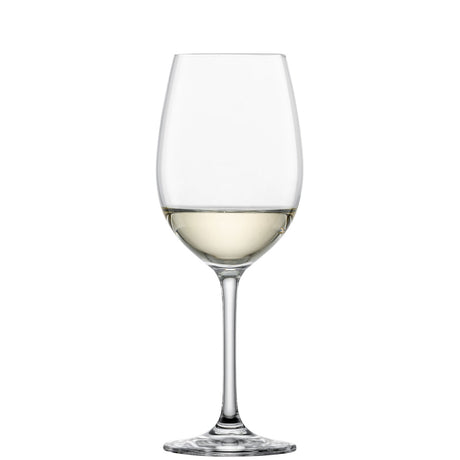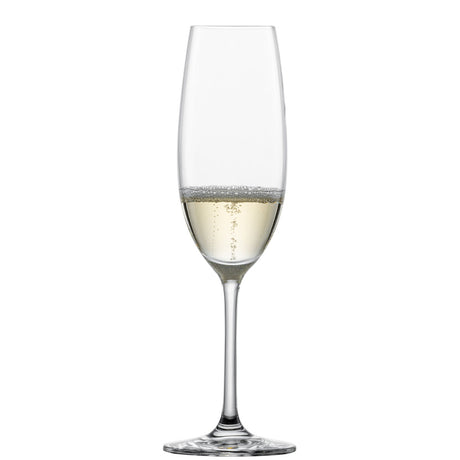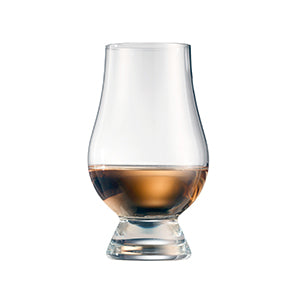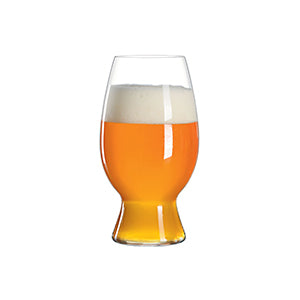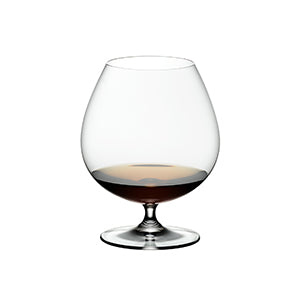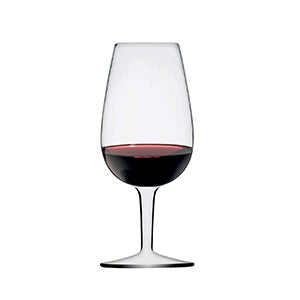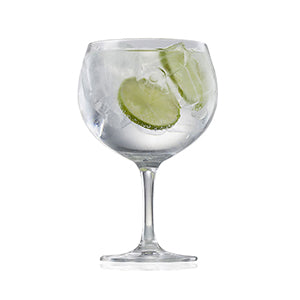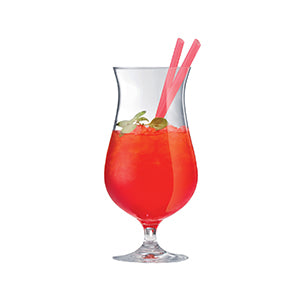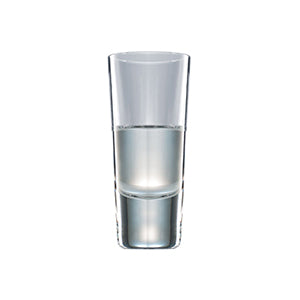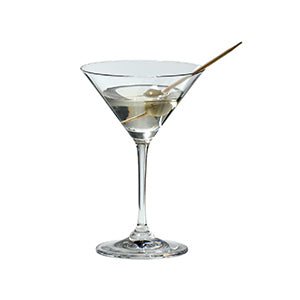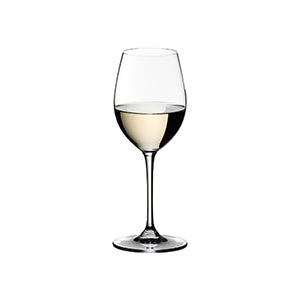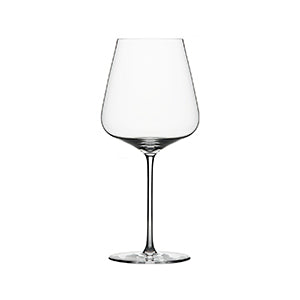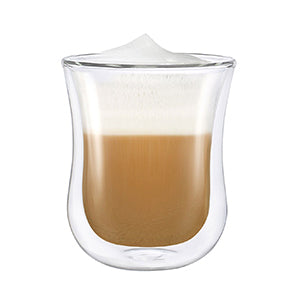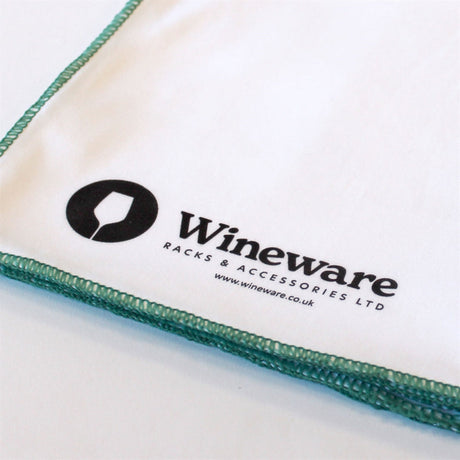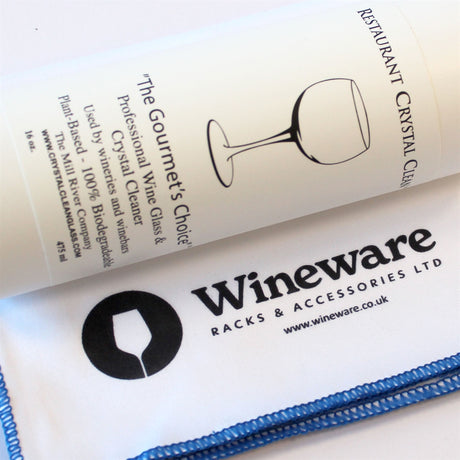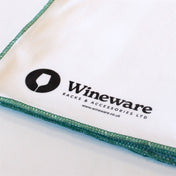Why Should I Aerate Wine?
Aerating wine is all about unlocking its full potential by allowing it to ‘breathe’. This process introduces oxygen to the wine, helping to soften tannins and release its more delicate flavours and aromas.
Young red wines benefit the most, though some white wines can improve significantly with a little air, too. Depending on the method you choose, aeration can take just a few minutes or up to a couple of hours.
Using a wine aerator can dramatically speed up the process, while the traditional decanting approach allows you to aerate and serve the wine in one elegant motion.
What Does Aerating Actually Do?
When you aerate wine, you:
- Soften harsh, tannin-induced astringency
- Enhance more subtle flavours and aromas
- Improve the overall drinking experience, often in just a few minutes
Tannins are naturally present in grape skins, seeds, and stems, and they can make young wines feel overly sharp or drying. Exposure to oxygen begins to mellow these tannins, allowing the wine's more refined notes to shine through.
Watch our short video on how to use an aerator, filter, and decanter to enhance your wine experience.
Which Wines Benefit from Aeration?
Recommended for Aeration:
- High-tannin red wines under eight years old (e.g. Cabernet Sauvignon, Syrah/Shiraz, Malbec)
- Select white wines with body and complexity
Older red wines usually don’t require aggressive aeration because the tannins will have naturally softened with age. However, letting them breathe gently in the glass or a decanter can still improve the bouquet.
White wines, while generally lower in tannins, can still benefit from breathing, especially when too cold or served straight from the bottle. Aeration can open up their aroma and bring out richer, more enjoyable notes.
White Wines That May Benefit:
- White Burgundy
- White Bordeaux
- Alsace White
- Chardonnay
- Sauvignon Blanc
For most white wines, simply leaving the bottle open for a few minutes before serving is often sufficient.
How to Aerate Wine
The goal of aeration is simple: maximise the wine’s exposure to air. Several tools and methods help you do just that:
Red Wine Glasses
A red wine glass has a wider bowl, which naturally aids aeration. That’s why red wines should only be poured up to the widest part of the glass, to create more surface area for air contact.
Decanters
Decanters offer one of the most effective and traditional ways to aerate wine. Their wide base allows maximum surface area for oxygen exposure, and they serve as stylish centrepieces.
Featured Example: The Eisch Glas 1.5L Chateau Decanter is both functional and beautifully elegant.
Aerators
Aerators are quick and convenient, drawing air into the wine as it is poured directly into the glass. They're ideal for speeding up the process and perfect when you’re short on time.
Recommendation: The Pulltex AirVin Wine Aerator & Pourer is a sleek, effective option for on-the-spot aeration.
Funnels and Filters
Wine funnels perform a similar role to aerators but are usually paired with a decanter. They direct the wine against the inner wall of the decanter to maximise air contact. Many also include filters to catch cork residue or sediment, which is especially useful for older wines.
Recommendation: The Vin Bouquet Wine Decanting Funnel (with filter) is a sleek, effective option for on-the-spot aeration.
Aerating wine doesn’t have to be complicated. Whether you choose a simple aerator, an elegant decanter, or let your wine breathe in the glass, patience and the right method can transform your wine-drinking experience.
If you’d like personalised recommendations on aerators, decanters, or glassware, don’t hesitate to contact Wineware.



